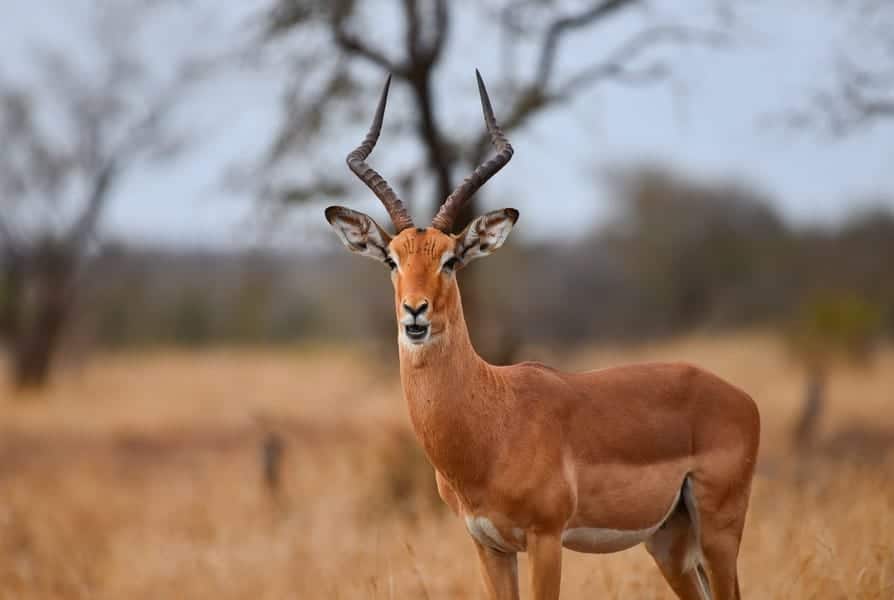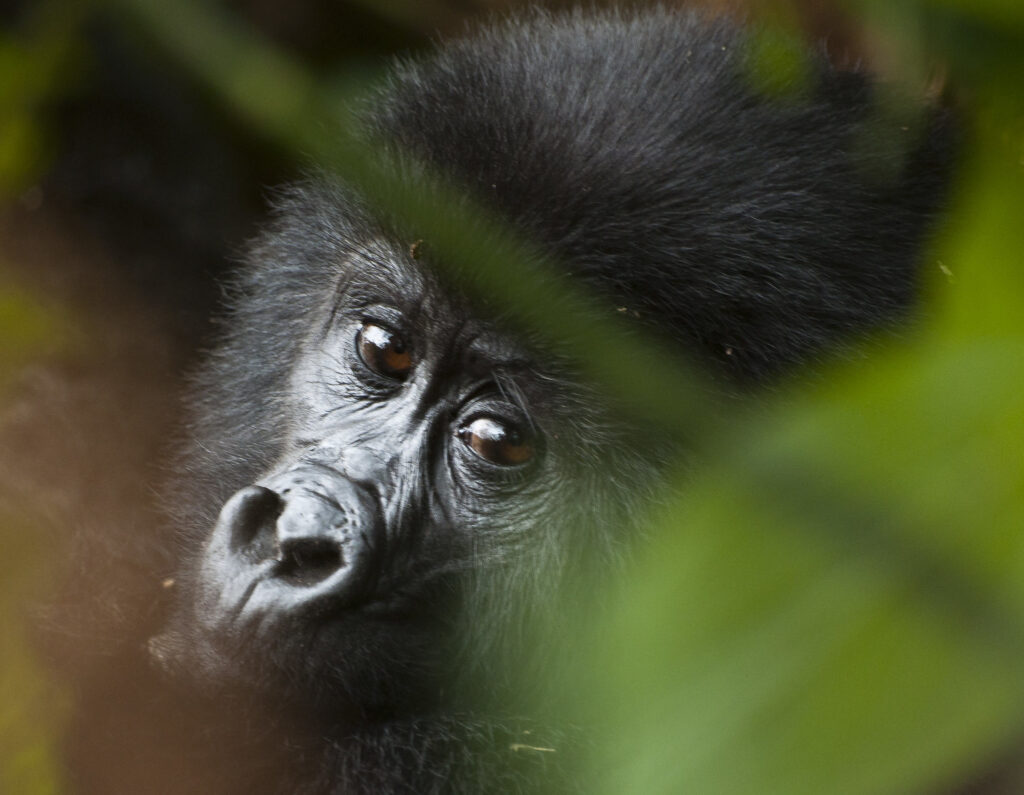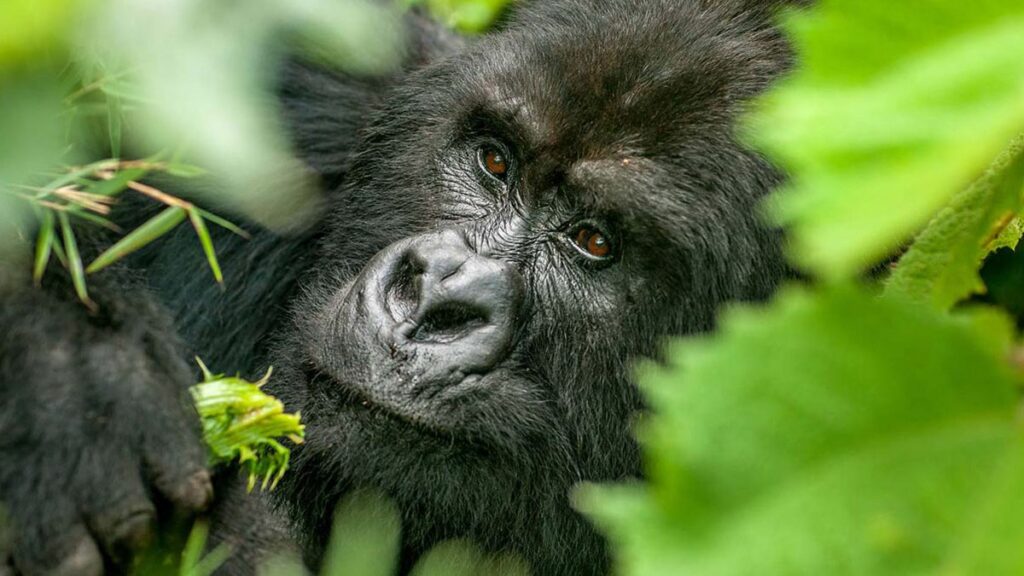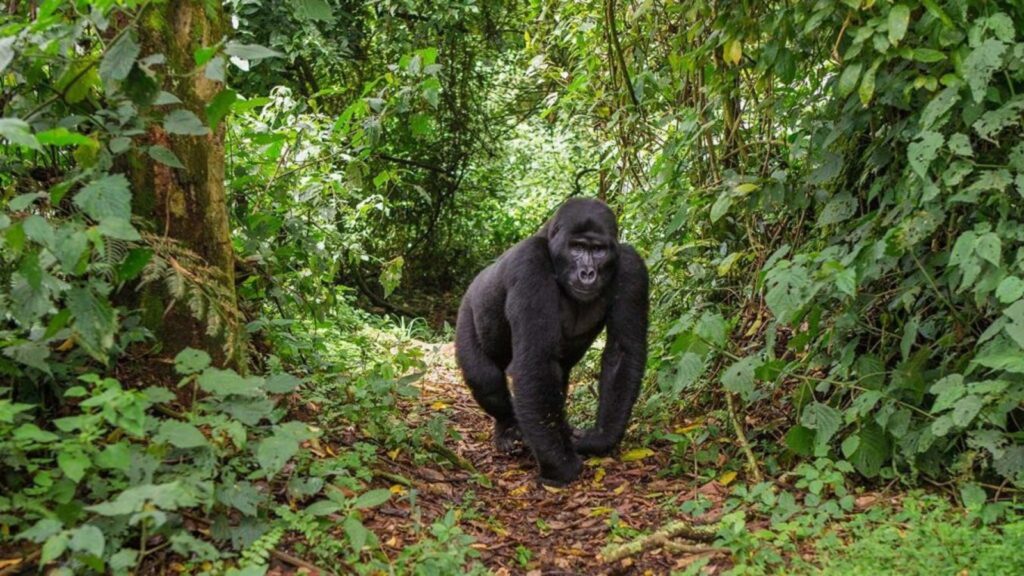5 Fabulous Facts of the Greater Kudu (Tragelaphus strepsiceros)
Greater Kudu. The Greater Kudu (Tragelaphus strepsiceros) is one of Africa’s most striking antelope species. Known for its impressive spiral horns and graceful build, it roams savannas, woodlands, and dry bushlands across Eastern and Southern Africa. While often shy and elusive, the Greater Kudu’s beauty and fascinating adaptations make it a favorite among wildlife enthusiasts and safari photographers. Here are five fabulous facts that make this antelope truly special.

-
Spiral Horns That Tell a Story
Male Greater Kudus sport magnificent spiral horns that can grow over 1.8 meters (6 feet) long. These horns twist two and a half times and take about six years to fully develop. They are not just for display — males use them in gentle locking duels during dominance contests. Female kudus, however, are hornless, making it easy to tell the sexes apart.
-
Masters of Camouflage
Kudus rely on their vertical white stripes, sandy-brown coat, and stillness to blend perfectly into their surroundings. In dense bush or woodland, they become almost invisible, even when standing just a few meters away. This camouflage, combined with their tendency to freeze when threatened, helps them avoid predators like lions, leopards, and wild dogs.
-
Olympic-Level Jumpers
Greater Kudus are incredibly athletic. They can leap over fences or obstacles more than 2.5 meters (8 feet) high. This ability not only helps them escape predators but also allows them to navigate the varied terrain of their habitats. Their powerful hind legs give them remarkable agility despite their large size.
-
Soft-Spoken Survivors
Unlike some antelopes, kudus are generally quiet. They communicate through subtle grunts, barks, and low moos, mainly when alarmed. A loud bark often signals danger, warning others in the herd of predators nearby. Their cautious nature and keen hearing allow them to survive in predator-rich environments.
-
Browsers with a Varied Diet
Greater Kudus are browsers, feeding mainly on leaves, shoots, fruits, and flowers. They can reach higher vegetation that many other antelope cannot, thanks to their height and ability to stand on hind legs briefly. During dry seasons, they rely on moisture-rich plants, which allows them to survive long periods without drinking water directly.
Conclusion
The Greater Kudu is more than just a beautiful antelope — it’s a remarkable survivor, an agile athlete, and a master of disguise. Its spiral horns, camouflage abilities, and unique behaviors make it one of Africa’s most iconic species. For safari-goers, spotting a kudu in the wild is always a special moment, especially when sunlight catches the elegant curves of its horns.




